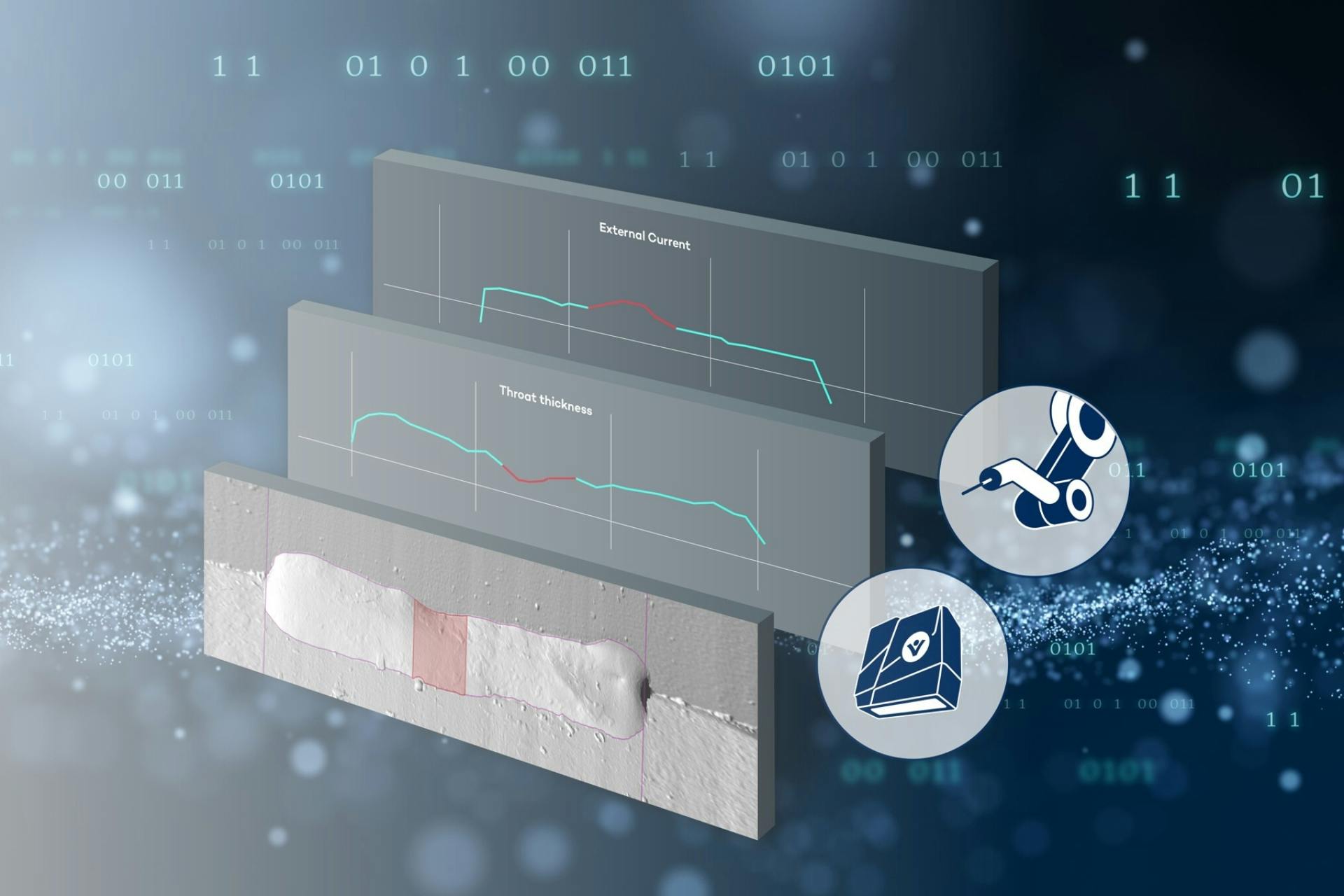the machine vision people
Megatrends such as globalization, mobility, urbanization, connectivity and health awareness require courage and a pioneering spirit. As innovation drivers, we enable our partners to master the challenges of tomorrow: We go further where others stop and bring new ideas into the here and now.
